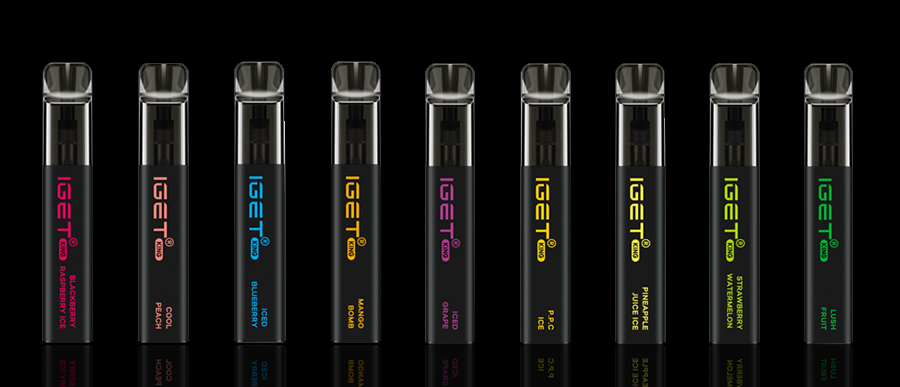How thrilled would you be to take a walk down the garden and return to the kitchen with a basket of scrog? The choices of fruit in comparison to commercial grown fruit is endless,How To Grow Fruit in a Small Garden Articles they are definitely tastier.
Peaches, apricots, nectarines and plums grown for the supermarkets are often picked so green then cooled and stored for so long that they do not ripen correctly and we are unable to enjoy their true taste. With the present economic climate tightening our purse strings, along with the guidelines on health issues being reported daily on how and what to eat, there is no better time than now to start growing your own delicious healthy fruit. You don’t need a huge backyard to cultivate your favorite fruit, as containers can be used very successfully. However, it should be remembered that plums, pears, apples and cherries need another variety close by for pollination so you need to plan for a couple of trees of each variety. There are many dwarf stocks available to suit a small garden; they will bear normal size fruit in 3-5 years but the quantity will be less due to the restricted size.
Growing fruit trees in containers is a relatively easy exercise, and pruning and harvesting is also much easier. Containers are manufactured from plastic, clay, wood, metal etc; you’re sure to find something to suit your landscape. There are many varieties of fruit which can be grown successfully in containers in a small garden or placed on a balcony. This is very useful for people with small or even no garden.
If you decide to use pots because of limited space issues, remember you need to have a pot about 6 inches bigger than the pot which holds the tree when you buy from the garden centre. Repot one size up every two years. Well drained sandy, fertile soil is generally suitable for dwarf fruit trees; your garden centre will advise on what is most suitable. As with all plants, suitable light conditions apply, so make sure they get the benefit that maximum sunlight will give. Your dwarf tree can even be moved inside in cold spells.
Regular pruning is necessary for proper care of most fruit trees. To maintain the shape of your miniature fruit tree light pruning to remove broken or diseased branches can be done any time of the year. Thinning out early summer time or alternatively in September after you’ve harvested the fruit is ideal to get the desired shape for your fruit tree and to restrict undesired growth. However, the main removal of branches is much easier to do in winter when they are dormant, as they are much more accessible without their leaves and you can see what you’re doing. Pruning needs to be completed while the tree is dormant and finished by spring when the new growth begins. During the growing season, fertilize every 4-6 weeks. When watering your dwarf fruit trees, let the surface dry out a little before adding more water.
Yet another way for the small garden owner to grow his own fruit is to use a form of pruning called “Espaliering” which allows you to train the trees branches laterally, or even to the shape of a fan, and so you can grow your fruit against a wall or garden fence. There are many different shapes that the espalier may take. Apples and pears adapt very well to this style of training, however other fruit trees such as plums, cherries, peaches, nectarines, almonds, apricots and fruiting vines can also be espaliered with great success. The overall effects are stunning, the best reward from this type of pruning being when they are in flower. Also the fruit is a picture to behold, and sometimes it’s a shame to have to pick the fruit. An advantage of growing espaliers is that it is much easier to pick the fruit and its also easier using netting to protect your delicious fruit. Espaliered trees have the same growing requirements as other fruit and deciduous trees; they need adequate watering in summer and fertile soil conditions are essential to maintaining a healthy tree.
Constant pruning and tying in are needed to create the right shape to start with. When the desired shape and size are reached, this must be maintained with regular pruning; winter is the best time for this job when the tree is dormant. Make sure the lower branches get their fair of sunshine by pruning the excessive growth in early summer.



